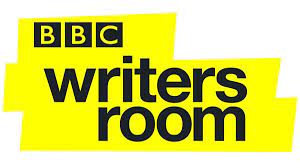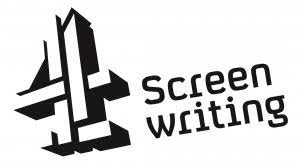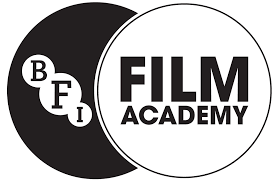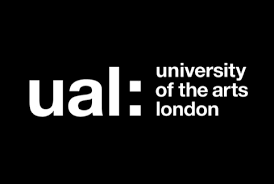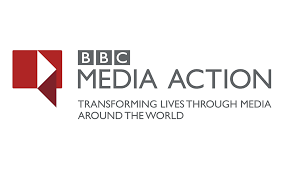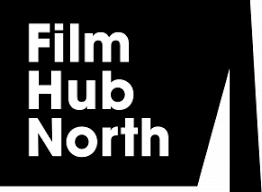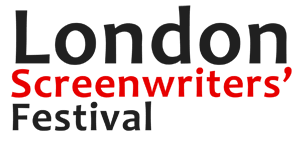Hi There,
This week, Part 5 of the feedback from the script readers from the 2022 CHANNEL 4 SCREENWRITING COURSE, first by NADIA ATTIA, and then by TOM WILLIAMS
‘Many of my fellow readers in previous blog posts have already highlighted the do’s and don’ts that become apparent when you read 400 scripts over a short period of time, so I’ll attempt to cover some new ground here and be as specific to my experience as possible. And that’s kind of what I want to start with: when someone draws from their own specific life experience it comes through loud and clear in their words, it brings authenticity to the work and this forms part of their voice. ‘A unique voice’ – that elusive, intangible thing that every agent and commissioner wants – is what us readers have our ears pricked for. That’s why I inwardly sigh when a writer doesn’t give me anything in the character/scene descriptions: this is a chance for a writer to shine, to world-build, to show a little flair and personality (within reason – let’s not be too familiar, we’ve only just met).
However, I can tell when someone’s simply writing what they think they want us/Channel 4 to hear: the writing feels forced, out to shock, crammed with as many bodily functions/fluids/sexual acts in the first five minutes as they can muster. I’m pretty sure the writer pegs this as being edgy. It’s not, it’s a flag that warns me they’re doing jazz hands to distract from the fact that the story might be lacking. If a writer truly wants to shock me they have to make me care about the characters first. The flag is raised again with the overuse of time jumps and other visual trickery that’s best left to the directors and editors. SMASH CUT to diversity…
I’m from a mixed-ethnic background, I’m also on the race equality network steering group in my day job at the BFI, so I’m perhaps particularly sensitive to stereotypes. As an aside: I made a concerted effort to look past the name on the title page as I didn’t want anything to affect my reading of the work (we all have biases, we’re instinctively programmed to put each other into groups). In my batch of scripts there were plenty of older characters, gay relationships and Black protagonists, less so mixed-ethnicity or Asian characters. There were many stories about people who struggled with mental health, yet hardly any concerning physical disabilities. I feel privileged to have been given a unique look at what’s on our collective minds, and it’s great that we really are talking about mental health more, and damn right we need more diversity on our screens! However, I can also tell when a writer’s simply box ticking. Quite often I’d come across a minor character (say, ‘Barista #1’) and casually thrown into the character description is the fact that they’re transgender. They may only have 30 seconds’ screen time. Why is their gender significant? If a writer genuinely wants to change the narrative of the media we consume why not make Barista #1 an integral part of the story?
I also notice when someone hasn’t done enough research into the type of characters they’ve chosen to write about. I’ve endured quite a bit of ‘poverty porn’ in the submissions, full of lazy and dated clichés. I’m from a working-class background and wouldn’t dare presume to know how a 15-year-old state-school kid talks these days or what they’re into, but it doesn’t take much to investigate and engage with the world and step out of your social bubble. It shows dedication to the craft. Add imagination and empathy and the result is believable and rounded characters and dialogue that sparks. Finally, I just want to say kudos to all the writers who submitted to 4 Screenwriting this year – putting yourself out there can be a hard thing to do, but just know that we’ve read your words and we hear you.’
NADIA ATTIA
Nadia is a full-time editor and copywriter at the BFI, and a published journalist with a filmmaking background and a passion for storytelling. A recent graduate of the NFTS script development diploma, she freelances as a script reader/consultant. In 2019 she won the FAB (Faber) Prize for fiction – described by the judges as ‘an urgent new voice’ – and was selected for the London Writers Awards.
———————–
‘To be truly immersed in a story is one of life’s precious gifts. Great writing places the reader/audience in the shoes of the characters, breeding empathy and broadening the horizons of experience. It sounds lofty, but film and TV have the potential to help people to understand their fellow humans better. It’s why I love the medium.
I’m going to talk about a few techniques that, despite occasionally enhancing this immersion, more often than not prove to be a barrier between us and the characters. To be clear, none of this is prescriptive – sometimes you have to break the rules. Just make sure that you know why you really, really have to.
Voice-over
A much-maligned device that is often described as a storytelling crutch, most uses of voice-over are non-diegetic (existing outside of the story world, or that particular scene). This means that its introduction, at least to some extent, will distance the viewer from what’s happening. Voice-over is most commonly employed at the beginning and/or end of scripts, undoubtedly the most crucial stages of engagement. You want the reader to keep going past page ten and you want the climax of your tale to have emotional impact. Distancing your audience from the story world at these points is a dangerous move – so you better have a very good reason to do so.
There are a couple of obvious pitfalls here too. One is when a voice-over mirrors what is happening on screen. A tired and slightly grumpy reader (who may or may not have read 50 scripts already that week) will think that the writer doesn’t trust them to understand what’s happening through organic action alone. Trust your reader to keep up, without updates. Even worse, when the voice-over proclaims “It was a crazy/incredible/dark time.” A fellow reader pinpointed this didactic style as “the feeling of being talked at, rather than invited into the story.” Explaining the plot is the death of drama.
Breaking the fourth wall
I know what you’re thinking: Fleabag. Phoebe Waller Bridge’s iconic series used this device to hilarious and devastating effect. This makes the technique (looks to camera, apologetically) problematic. For a few reasons.
I was flicking through the Fleabag scripts recently and it’s interesting how less effective these are on the page. Another fellow reader said that, if anything, this was a storytelling flaw that was borne out of the show’s monologue origins. It took so much work to develop it into a novel and effective tool, with much of the magic coming from PWB’s performance. There’s also the same problem here as with mockumentaries and The Office – the reader’s mind immediately retreats to this pantheon-level example and your script may just struggle to measure up to that expectation. Whichever way you look at it, breaking the fourth wall will burst your story’s immersive bubble. Is it worth it?
Music cues
As you can probably tell, I’m all about immersion in a script. When I’ve forgotten to drink my tea because a writer has me so wrapped up in their characters’ journeys – that’s the sign of a good story. One thing that will probably deflate this tension is having to click on Spotify and search for a song. One entrant last year had a decent fix for this particular difficulty – they linked to a playlist on the title page, meaning all the songs were queued up. As much as I admire the problem solving nous, the issue might be the music itself rather than how it’s delivered to my ears.
Music is one of the most subjective and divisive art forms. Even if I’m intimately familiar with the song you’ve put in your script and can recall it instantly in my head, it may not have the same emotional impact you’re intending. And if I’ve never heard it before, it might have little effect. The point is that the consequences of a music cue are so unpredictable – is it worth hanging the crux of your character’s arc on that uncertainty? Does it earn its place? Or is it just a distraction that’s going to make me take a sip of tea and fetch a biscuit?
It was my second stint with 4screenwriting this year. Reading is a largely solitary job, so it’s always illuminating to work with such a brilliant team and to passionately discuss scripts. Writing is a solitary endeavour too. I would encourage anyone looking for feedback and motivation to join or start a writers’ group. Different perspectives are invaluable.
Finally, thank you to everyone who put themselves out there by submitting their script this year. Keep at it.’
TOM WILLIAMS
Tom has worked in TV and film development for Clearwood Films, Various Artists Limited and New Pictures. He is currently Assistant Script Editor on a three-part drama for Clearwood, as well as shadow script editing for this year’s C4 Screenwriting Course. You can often find him at the BFI bar – probably by the snacks.
Thank you Nadia and Tom for your insights, your brilliance and passion as script readers and your generosity in taking the time and trouble to write up these thoughts.
The next newsletter will be on Friday March 4th
Best wishes
Phil
PHILIP SHELLEY
Twitter: @PhilipShelley1
February 18th 2022


